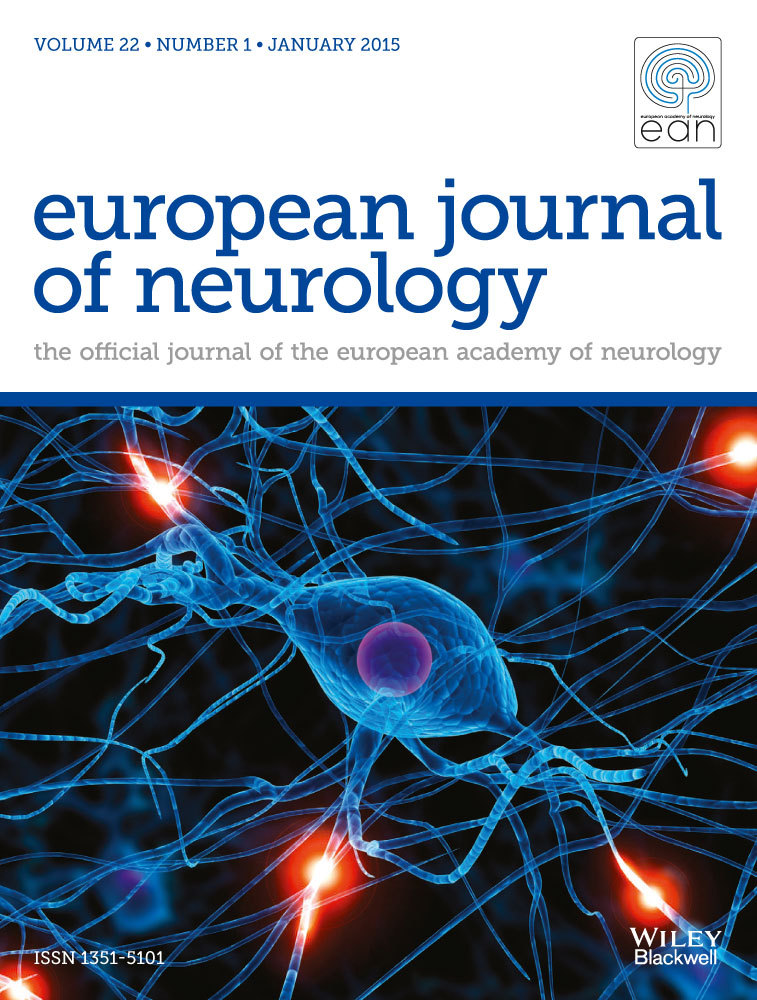The Spectrum of Headaches in Moyamoya Angiopathy: From Mechanisms to Management Strategies—A Consensus Review From the NEUROVASC Working Group
Abstract
Background
Moyamoya angiopathy (MMA) is a rare, progressive cerebrovascular disorder characterized by stenosis or occlusion of the terminal internal carotid arteries, leading to the development of fragile collateral vessels. Headache is a common but understudied symptom of MMA, reported in up to 75% of patients. The headache phenotype often mimics migraine or tension-type headache, although cluster headache-like episodes have also been described. Aims to summarize current evidence on the clinical characteristics, underlying mechanisms, and treatment strategies for headache in MMA.
Materials and Methods
A narrative review of the literature was conducted, focusing on the prevalence, phenotype, pathophysiological mechanisms, and therapeutic options for headache in MMA.
Results
The pathogenesis of headache in MMA remains unclear but is likely multifactorial, involving impaired cerebrovascular autoregulation, microvascular ischemia, and collateral vessel development. No standardized treatment exists for MMA-related headache. Antiplatelet therapy, particularly aspirin, may offer some benefit, whereas NSAIDs and triptans require caution due to cerebrovascular risks. Emerging therapies such as calcitonin gene-related peptide (CGRP) inhibitors and Lasmiditan show potential but lack specific data in MMA patients. Surgical revascularization, mainly through direct or combined bypass, is an established intervention for stroke prevention and may also reduce headache burden. However, postoperative outcomes are heterogeneous, with reports of both headache improvement and new-onset headache.
Discussion and Conclusion
Headache is a frequent and clinically relevant manifestation of MMA that significantly impacts quality of life. Evidence on optimal management remains scarce, and current strategies are largely empirical. Further studies are needed to clarify pathogenic mechanisms, refine patient selection for surgical interventions, and evaluate pharmacological treatments, including novel agents, to improve clinical outcomes.


 求助内容:
求助内容: 应助结果提醒方式:
应助结果提醒方式:


